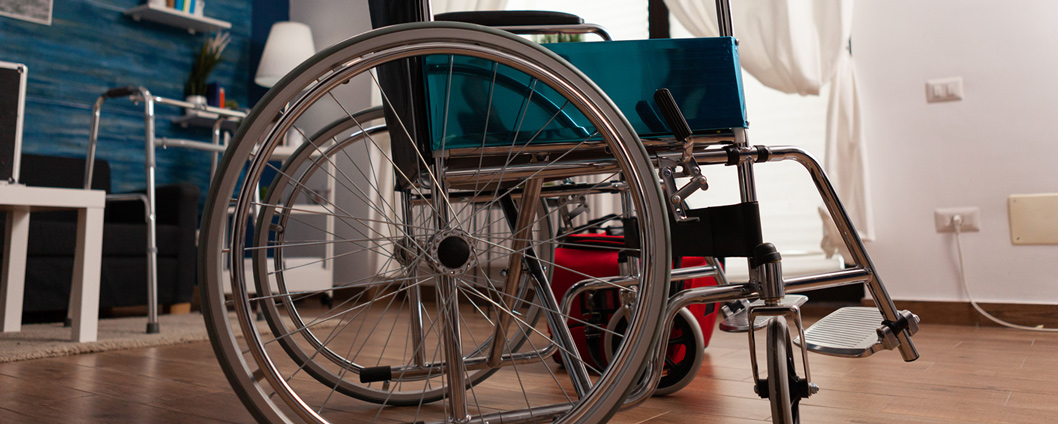
Navigating Assistive Devices: A PCT’s Guide to Canes, Walkers, and Wheelchairs
As a Patient Care Technician, you’re on the front lines, directly impacting your patients’ comfort, safety, and independence. A big part of that involves assisting them with mobility, and that often means navigating the world of assistive devices like canes, walkers, and wheelchairs. These tools are more than just aids; they’re keys to maintaining dignity and promoting healing. But handling them effectively requires knowledge, patience, and a keen eye for detail.
This isn’t just about pushing a wheelchair or handing over a cane. It’s about understanding the device, ensuring its proper fit, and guiding your patient in its safe and effective use. Let’s break down some practical tips for navigating these essential tools.
Canes: Providing Support and Balance
Canes are often the first step in regaining mobility or maintaining balance. Here’s what you need to know:
- Proper Fit is Paramount: A cane should fit comfortably in the patient’s hand with their arm slightly bent (around 20-30 degrees) when standing straight. The top of the cane should align with the crease in their wrist. An improperly sized cane can lead to falls or exacerbate existing issues. Always double-check the fit, especially if the patient is new to the device or has had recent changes in height or posture.
- Which Side? Generally, a cane is held on the stronger side of the body to provide support to the weaker limb. If a patient is unsure, consult with the physical therapist or nurse.
- Walking with a Cane: Remind patients to move the cane forward at the same time as their weaker leg. The stronger leg then follows through. It’s a “cane-weak leg-strong leg” rhythm.
- Safety First: Encourage patients to take small, controlled steps. Be mindful of uneven surfaces, clutter, and wet floors. Ensure they wear supportive, non-slip footwear.
- Sitting and Standing: When sitting, the cane should be placed within easy reach. When standing, encourage the patient to use stable furniture for support and grip the cane firmly before fully transferring their weight.
Walkers: Offering Stability and Weight-Bearing Assistance
Walkers provide a wider base of support and are often used when more stability is needed than a cane can offer. Different types exist, including standard walkers, rolling walkers (with front wheels), and rollators (with four wheels and often a seat).
- Fitting the Walker: Similar to canes, the handles of a walker should be at wrist level when the patient stands with their arms slightly bent.
- Using a Standard Walker: Instruct patients to lift and move the walker forward a short distance, then step into the frame, leading with their weaker leg. Remind them not to step too far ahead.
- Using Rolling Walkers and Rollators: These allow for a more continuous gait. Emphasize the importance of using the brakes, especially when sitting on a rollator or when navigating inclines. Ensure the patient understands how to lock and unlock the brakes securely.
- Navigating Obstacles: Help patients navigate doorways, ramps, and elevators safely. For standard walkers, they may need to lift and maneuver the device carefully. For rolling walkers and rollators, encourage slow and controlled movements.
- Sitting and Standing: Ensure the walker is stable before the patient uses it for support when sitting or standing. For rollators with seats, remind them to lock the brakes firmly before attempting to sit.
Wheelchairs: Facilitating Mobility for Those with Significant Limitations
Wheelchairs provide mobility for individuals who have difficulty walking or cannot walk at all. As a PCT, you’ll be assisting patients in maneuvering and transferring in and out of wheelchairs.
- Understanding the Wheelchair: Familiarize yourself with the specific wheelchair your patient is using. Know how to lock and unlock the brakes, fold and unfold it (if applicable), and operate any special features.
- Safe Transfers: Always follow established protocols for transferring patients in and out of wheelchairs. Utilize proper body mechanics and assistive devices (like transfer belts or lifts) when necessary to protect both yourself and the patient. Never attempt a transfer if you are unsure or feel it is unsafe.
- Maneuvering with Confidence: Practice pushing and maneuvering wheelchairs in various situations, including hallways, doorways, ramps, and elevators. Be mindful of the patient’s comfort and communicate clearly about your movements.
- Patient Positioning: Ensure the patient is positioned comfortably and safely in the wheelchair. Check for proper posture, pressure points, and the need for cushions or supports.
- Maintenance and Safety Checks: Report any signs of damage or malfunction to the nursing staff. Ensure tires are properly inflated and brakes are functioning correctly.
General Tips for Assisting with Assistive Devices:
- Communicate Clearly: Always explain to the patient what you are doing and how you will be assisting them. Encourage them to participate as much as they are able.
- Be Patient: Learning to use or adjust to an assistive device takes time and practice. Offer encouragement and support.
- Observe and Report: Pay attention to how the patient is using their device. Are they having difficulty? Is it causing any discomfort or pain? Report any concerns to the nurse or physical therapist.
- Respect Independence: Encourage patients to be as independent as possible while ensuring their safety. Allow them to lead the way when appropriate and offer assistance only when needed.
- Collaborate with the Team: Physical therapists and occupational therapists are key resources for understanding a patient’s specific needs and how to best assist them with their assistive devices. Don’t hesitate to ask questions and seek their guidance.
Navigating the world of assistive devices is a crucial skill for every Patient Care Technician. By understanding the principles of proper fit and safe usage, you can significantly enhance your patients’ mobility, safety, and overall well-being. Your attentive care and knowledgeable assistance make a real difference in their daily lives.


